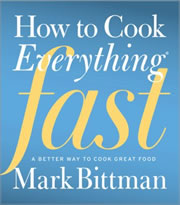 As part of my ongoing effort to Cook It Yourself in 2015, I’ve been trying out new cookbooks. (So far I’ve managed to lose over 20 pounds by cooking at home and eating less of what I cook at home. 😉 ) I bought How to Cook Everything Fast: A Better Way to Cook Great Food because Mark Bittman has been a long-time advocate of cooking at home and it received positive reviews including a 4.4/5 average rating on Amazon.
As part of my ongoing effort to Cook It Yourself in 2015, I’ve been trying out new cookbooks. (So far I’ve managed to lose over 20 pounds by cooking at home and eating less of what I cook at home. 😉 ) I bought How to Cook Everything Fast: A Better Way to Cook Great Food because Mark Bittman has been a long-time advocate of cooking at home and it received positive reviews including a 4.4/5 average rating on Amazon.
This cookbook is the size of a large phone book (for those of you young enough to remember phone books). At over 1,000 pages and 2,000 recipes (including suggested variations) crammed inside, you probably won’t be bringing this to the grocery store with you. It cost me $21 shipped from Amazon, so if you measured cookbook value by recipes per dollar or pounds per dollar, you’d be a happy frugal camper. But don’t expect nice pictures, as color pages are expensive.
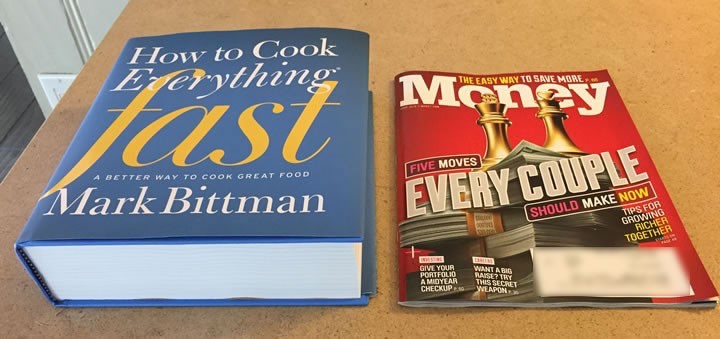
There are some good techniques to streamline your home cooking. Here are some general observations on how this cookbook tries to differentiate itself from the many other cookbooks out there.
- Clearly indicate whether it will take 45, 30, or 15 minutes to make.
- Every recipe is laid out so you can see the entire thing with the book open on a stand (see image below)
- Streamline recipes down to critical ingredients, or substituting easier ingredients when possible.
- Do things in the right order, like preheating oven, preheating pans, or boiling water first.
- Use techniques like grating or slicing things so they cook faster, using the food processor, or mincing multiple ingredients all at once.
- Assign specific prep work to be done during natural downtimes in cooking.
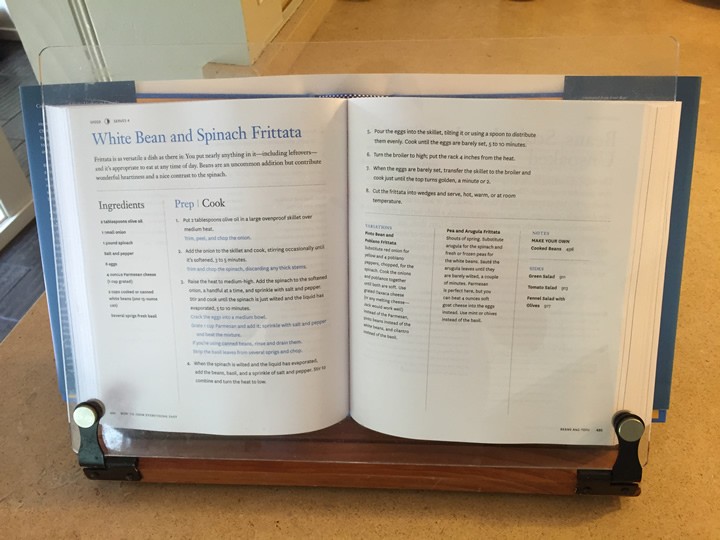
For the most part, these techniques work and you start looking for ways to apply them to your other recipes. But sometimes doing the prepwork while something cooks doesn’t work out if you are slow with your knife skills. It took me closer to 10 minutes to do the slicing and mincing that I was given 5 minutes to do, and meanwhile the meat got overcooked. You can turn down the heat, but that doesn’t always work and you might not realize in time either. Many times I found myself wishing for a slower pace and less stress rather than save 5 or 10 minutes.
Sample recipes. Here are some YouTube videos which include recipes from this book. These are definitely some of the better recipes and makes the food come alive much more than the blue and black text in the cookbook.
Overall impressions. In the end, this book certainly delivers as a large reference book on “how to cook everything fast”. It covers everything. It is fast. Now, in many of his videos, Bittman somehow manages to come off as both slightly goofy and a bit condescending. (You may notice this in his videos above.) In the book, everything is much more subdued. There just wasn’t much personality in reading the recipes – I’d even prefer arrogance over blandness.
For me, having a bajillion recipes on hand was not a benefit. If I wanted access to 10,000 recipes, I could just run a search on AllRecipes. I now realize that what I want are the best recipes, dishes with a little flare that a home cook (not restaurant chef!) has made hundreds of times and ideally passed down through at least two generations. With any book with 1,000+ recipes, I would expect some great, some okay, and some disappointing. That’s exactly what I found with this book.
The best part of the book was learning a few techniques to optimize other recipes. If you are more of a visual learner like me, I would start by watching his YouTube videos as they are usually “The Best Of” his recipes before diving into the book.
Disclosures: I bought this book with my own money at Amazon.com for $21. If you buy this book using my Amazon link above, I will receive a small commission.
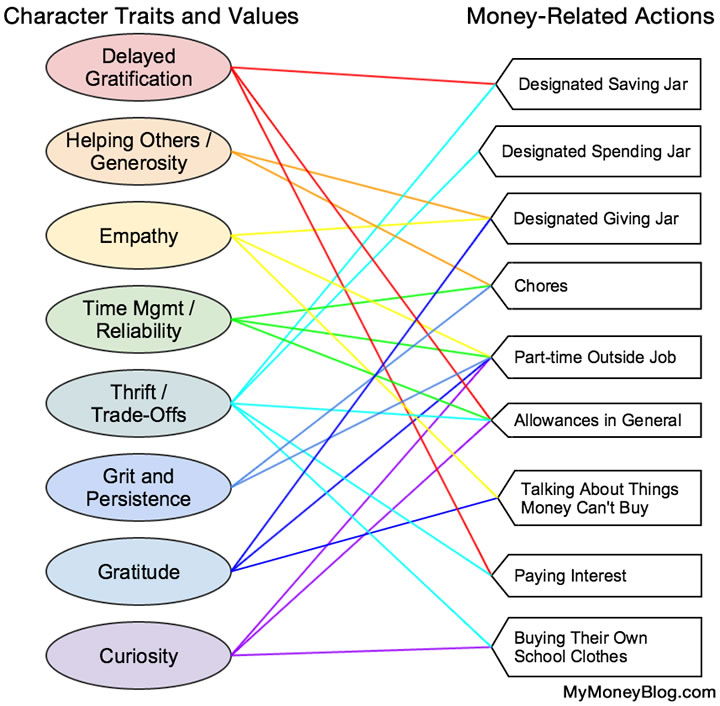
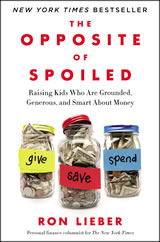
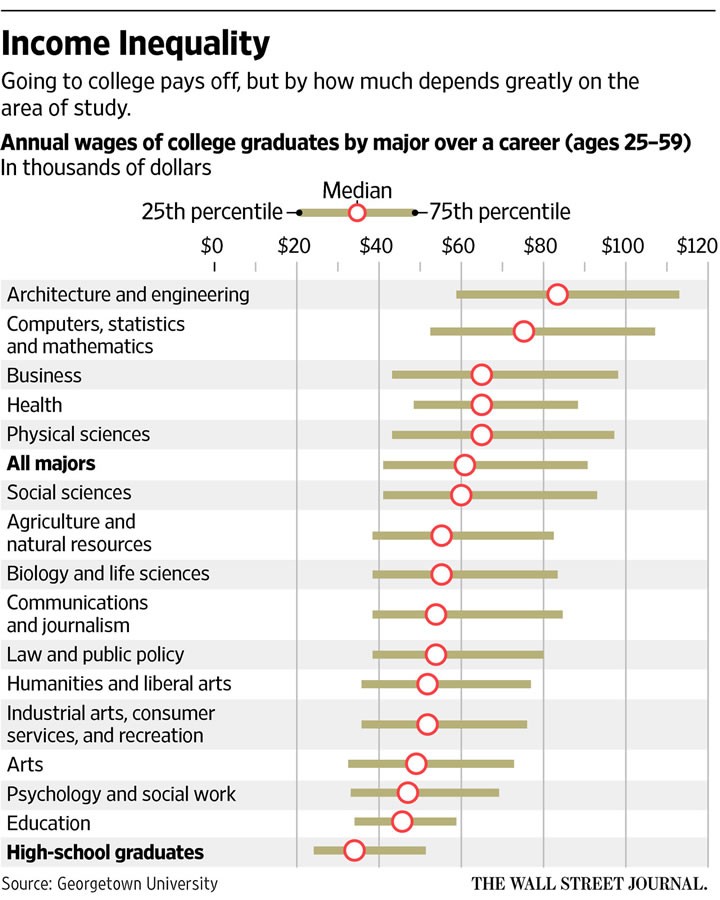
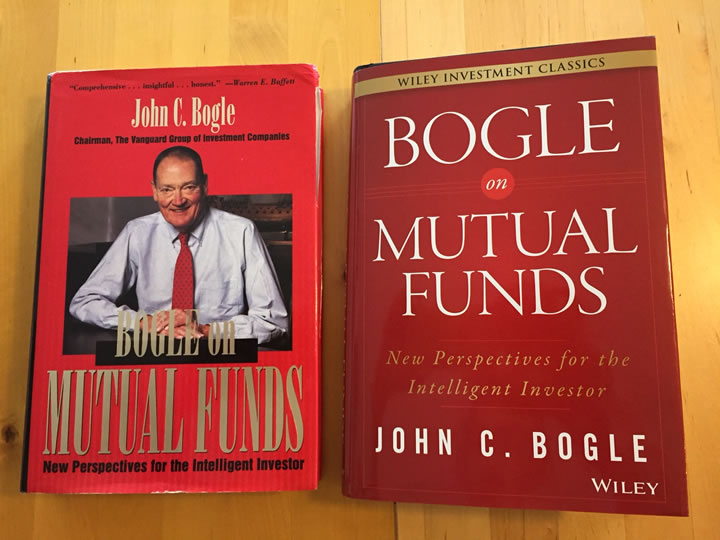
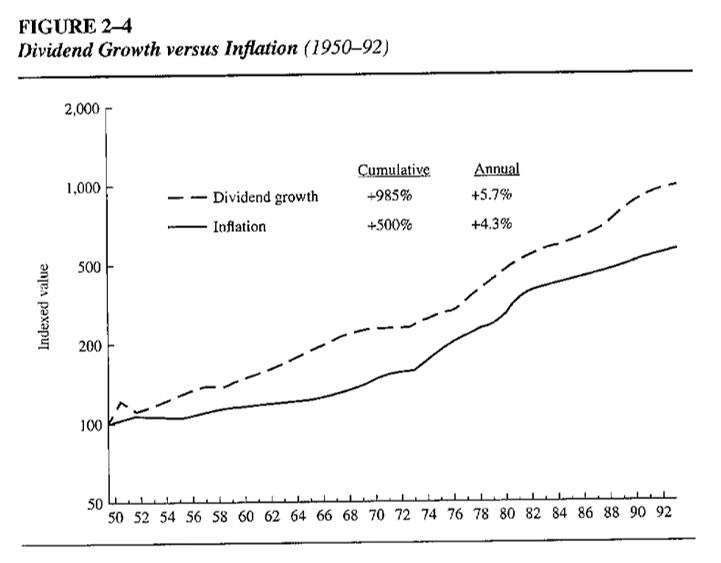
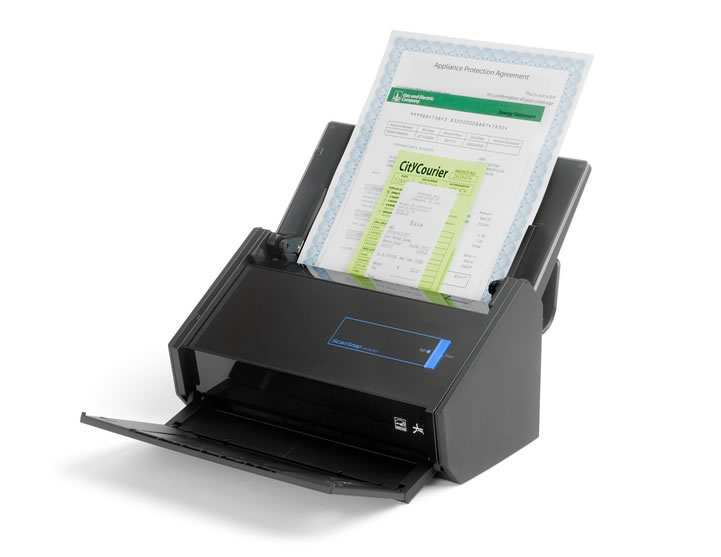

 While reading back through various transcript notes from the 2015 Berkshire Hathaway Annual Meeting, I recalled the following quote from the Q&A session. A shareholder had asked why Berkshire had never borrowed money to buy stocks (i.e. leverage). Charlie Munger replied:
While reading back through various transcript notes from the 2015 Berkshire Hathaway Annual Meeting, I recalled the following quote from the Q&A session. A shareholder had asked why Berkshire had never borrowed money to buy stocks (i.e. leverage). Charlie Munger replied: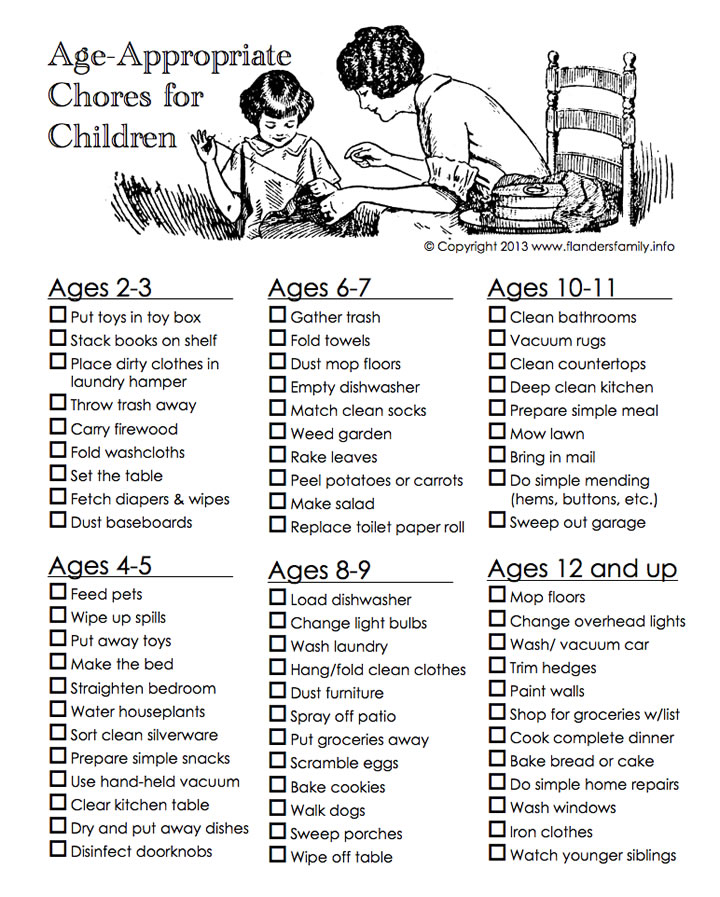

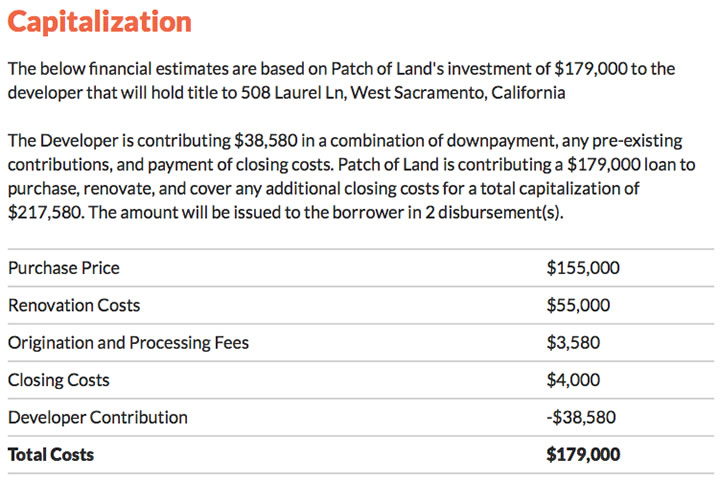
 Bloomberg has a new article about how hard money loans to house flippers are the next asset class to be both crowdfunded and taken over by institutions. Like peer-to-peer loans and LendingClub, it may have started out with individuals lending to other individuals, but there is still a lot of money looking for higher yields and that means Wall Street is coming. The catchy title is now
Bloomberg has a new article about how hard money loans to house flippers are the next asset class to be both crowdfunded and taken over by institutions. Like peer-to-peer loans and LendingClub, it may have started out with individuals lending to other individuals, but there is still a lot of money looking for higher yields and that means Wall Street is coming. The catchy title is now  If you have Verizon Wireless but don’t already have a good
If you have Verizon Wireless but don’t already have a good  Here’s a follow-up post to
Here’s a follow-up post to  The Best Credit Card Bonus Offers – March 2024
The Best Credit Card Bonus Offers – March 2024 Big List of Free Stocks from Brokerage Apps
Big List of Free Stocks from Brokerage Apps Best Interest Rates on Cash - March 2024
Best Interest Rates on Cash - March 2024 Free Credit Scores x 3 + Free Credit Monitoring
Free Credit Scores x 3 + Free Credit Monitoring Best No Fee 0% APR Balance Transfer Offers
Best No Fee 0% APR Balance Transfer Offers Little-Known Cellular Data Plans That Can Save Big Money
Little-Known Cellular Data Plans That Can Save Big Money How To Haggle Your Cable or Direct TV Bill
How To Haggle Your Cable or Direct TV Bill Big List of Free Consumer Data Reports (Credit, Rent, Work)
Big List of Free Consumer Data Reports (Credit, Rent, Work)